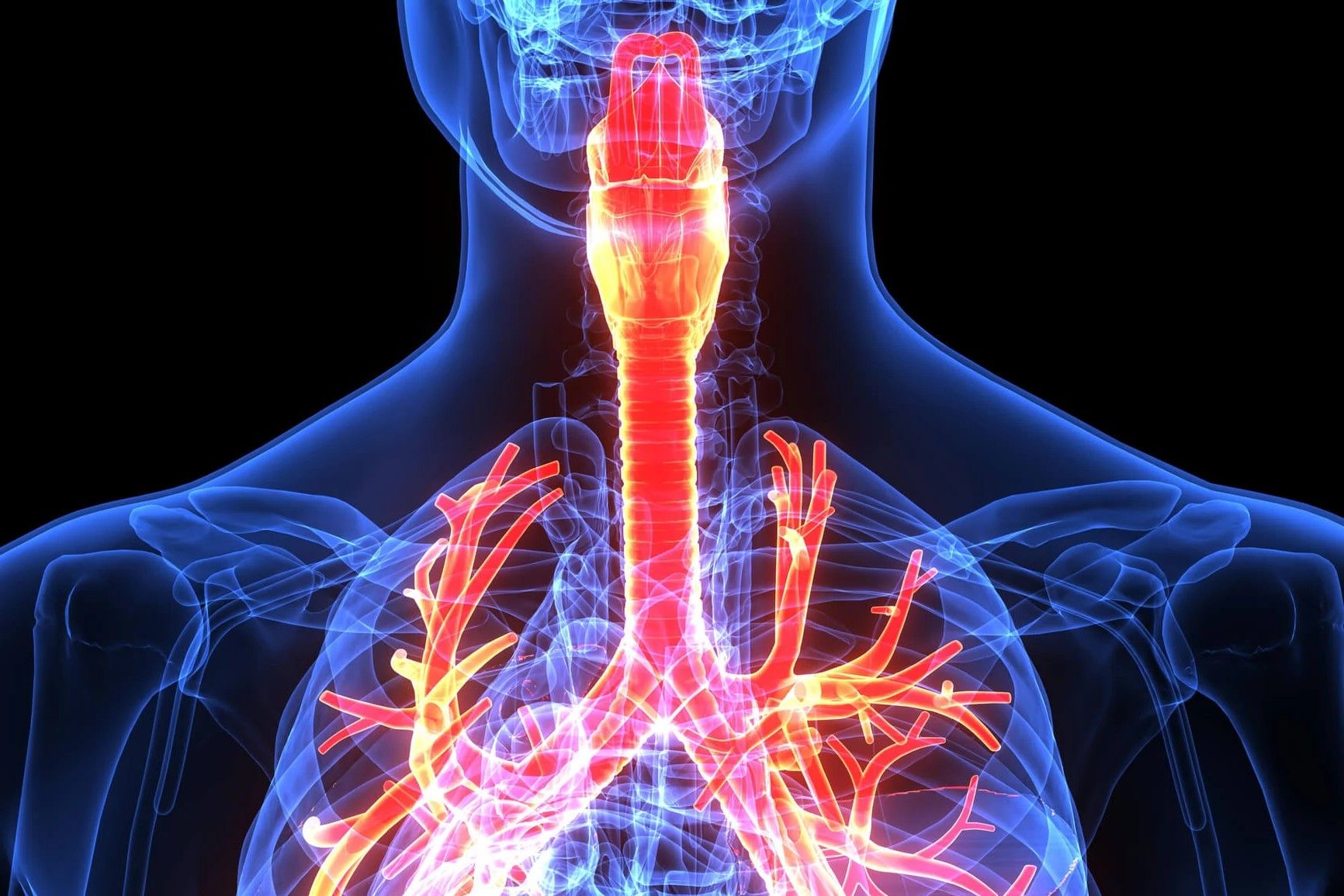
Ever wondered what keeps you breathing smoothly every day? Your airways play a crucial role in this process. From the moment you take a breath, a complex system of tubes and passages works tirelessly to deliver oxygen to your lungs and remove carbon dioxide. But there's more to it than just inhaling and exhaling. Did you know that your airways can filter out harmful particles, warm the air you breathe, and even produce mucus to trap dust and germs? Understanding these facts can help you appreciate the incredible work your body does to keep you alive and healthy. Let's dive into 32 fascinating facts about your airways!
The Basics of Airway Management
Understanding airway management is crucial for anyone interested in healthcare. It involves techniques to ensure that airways remain open and clear, allowing for proper breathing.
- Airway management is a critical skill in emergency medicine, anesthesia, and intensive care.
- The primary goal is to prevent airway obstruction, which can lead to life-threatening situations.
- Basic techniques include head-tilt, chin-lift, and jaw-thrust maneuvers.
- Advanced techniques involve the use of devices like endotracheal tubes and laryngeal masks.
- Training in airway management is essential for paramedics, nurses, and doctors.
Tools and Devices Used in Airway Management
Various tools and devices are employed to maintain and secure airways. These range from simple manual techniques to sophisticated medical equipment.
- Bag-valve masks are used to provide positive pressure ventilation to patients who are not breathing adequately.
- Endotracheal tubes are inserted into the trachea to maintain an open airway.
- Laryngeal mask airways (LMAs) are devices placed over the larynx to keep the airway open.
- Oropharyngeal airways are curved plastic devices inserted into the mouth to prevent the tongue from blocking the airway.
- Nasopharyngeal airways are soft rubber tubes inserted through the nose to keep the airway open.
Techniques and Procedures
Mastering various techniques and procedures is essential for effective airway management. These methods ensure that patients receive adequate ventilation and oxygenation.
- Intubation involves inserting a tube into the trachea to secure the airway.
- Cricothyrotomy is an emergency procedure where an incision is made in the neck to access the trachea.
- Suctioning is used to remove secretions and foreign materials from the airway.
- Rapid sequence induction (RSI) is a technique used to quickly sedate and paralyze a patient for intubation.
- Fiberoptic bronchoscopy allows for visualization and management of the airway using a flexible scope.
Airway Management in Different Settings
Airway management techniques can vary depending on the setting, whether it's in a hospital, at the scene of an accident, or during a surgical procedure.
- In hospitals, airway management is often performed in emergency rooms, operating theaters, and intensive care units.
- Paramedics use airway management techniques at accident scenes and during patient transport.
- During surgery, anesthesiologists manage airways to ensure patients remain stable under anesthesia.
- In intensive care units (ICUs), airway management is crucial for patients on mechanical ventilation.
- In remote or austere environments, healthcare providers may need to improvise with limited resources.
Challenges and Complications
Airway management can be fraught with challenges and potential complications. Understanding these risks is vital for effective intervention.
- Difficult airways can occur due to anatomical variations, trauma, or swelling.
- Aspiration is a risk where stomach contents enter the lungs, leading to pneumonia.
- Hypoxia can result from inadequate ventilation, causing low oxygen levels in the blood.
- Esophageal intubation is a complication where the tube is mistakenly placed in the esophagus instead of the trachea.
- Dental trauma can occur during intubation, leading to broken teeth or other injuries.
Innovations and Advances
Recent innovations and advances in airway management have improved patient outcomes and expanded the range of available techniques and devices.
- Video laryngoscopes provide a clear view of the airway, making intubation easier and safer.
- Supraglottic airway devices offer alternatives to traditional intubation, reducing the risk of complications.
- Ultrasound is increasingly used to guide airway management procedures.
- Simulation training allows healthcare providers to practice airway management in a controlled environment.
- Telemedicine enables remote guidance and support for airway management in challenging situations.
Importance of Training and Education
Proper training and education in airway management are essential for healthcare providers. Continuous learning ensures that they are prepared to handle any airway emergency.
- Certification courses in airway management are available for healthcare professionals.
- Continuing education programs help providers stay updated on the latest techniques and advancements.
Final Thoughts on Airway Heights
Airway Heights, Washington, is more than just a small city near Spokane. With its rich history, diverse community, and unique attractions, it offers something for everyone. From the Northern Quest Resort & Casino to the Fairchild Air Force Base, there's always something interesting to explore. The city’s rapid growth and development make it a dynamic place to live or visit. Whether you're into outdoor activities, cultural experiences, or just looking for a new place to discover, Airway Heights has it all. The local events and festivals add a vibrant touch to the community, making it a lively and welcoming place. So next time you're in Washington, consider stopping by Airway Heights. You might just find a new favorite spot.
Was this page helpful?
Our commitment to delivering trustworthy and engaging content is at the heart of what we do. Each fact on our site is contributed by real users like you, bringing a wealth of diverse insights and information. To ensure the highest standards of accuracy and reliability, our dedicated editors meticulously review each submission. This process guarantees that the facts we share are not only fascinating but also credible. Trust in our commitment to quality and authenticity as you explore and learn with us.
